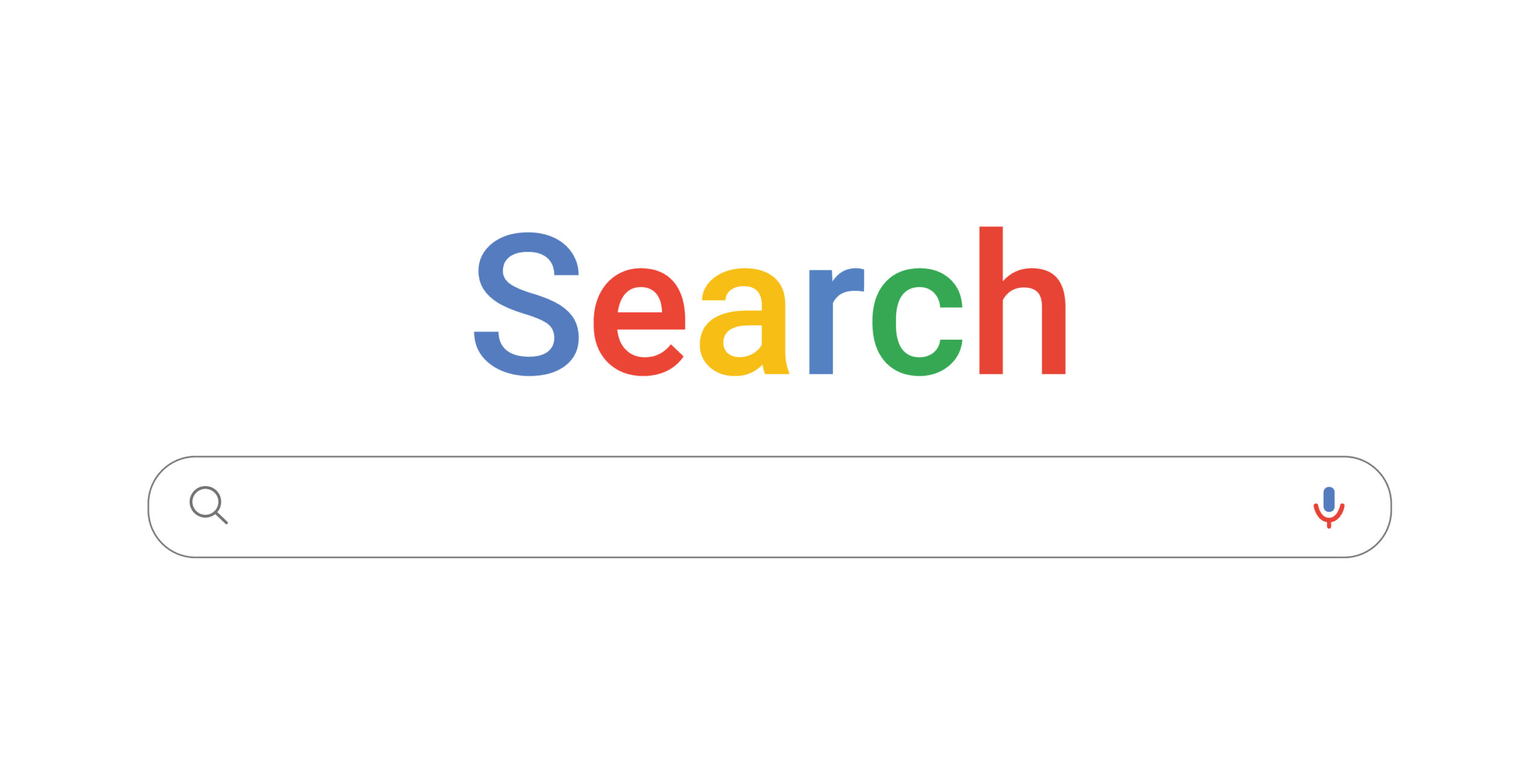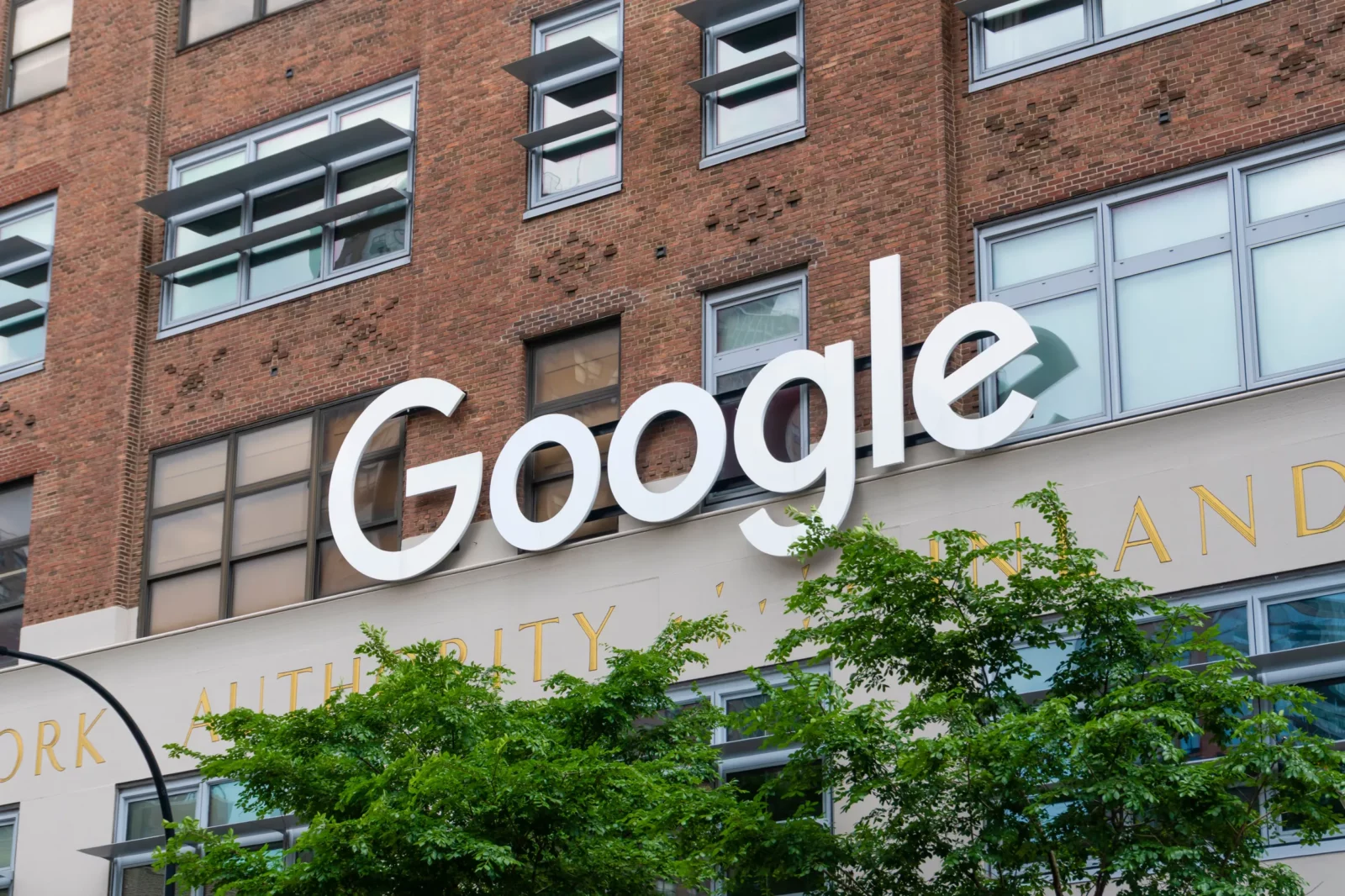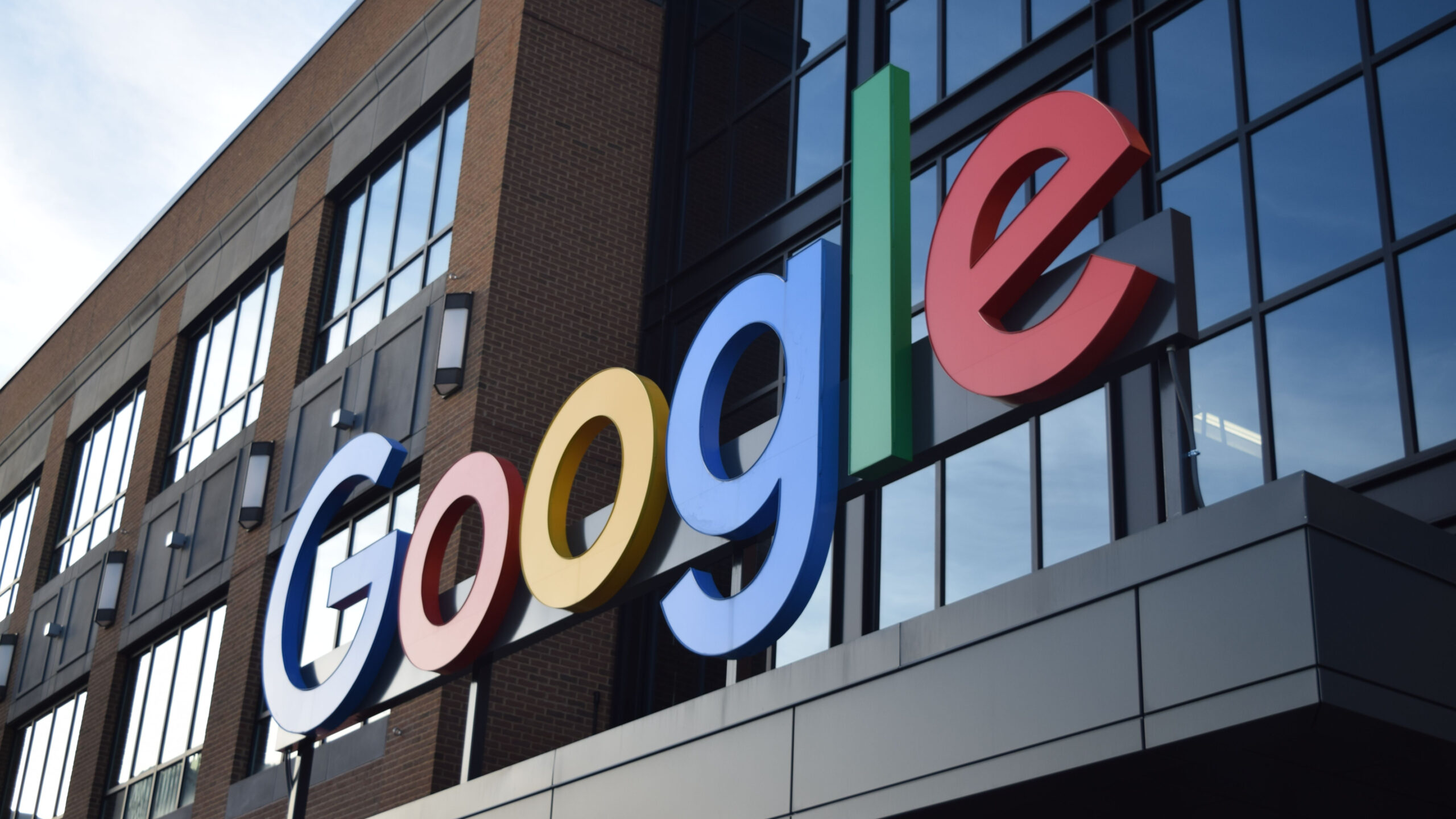Sanity Prevails Again: The Jury Verdict in Oracle v. Google
The jury in the ongoing copyright infringement litigation between Oracle and Google returned a verdict today in favor of Google. This welcome verdict renders moot my earlier post about Google’s equitable estoppel defense, which would have come into play had the jury ruled against Google.
Because the decision was rendered by a jury, rather than a judge, there is no opinion—just a one word answer to a one word question on a special verdict form. The question is: “Has Google shown by a preponderance of the evidence that its use in Android of the declaring lines of code and their structure, sequence, and organization from Java 2 Standard Edition Version 1.4 and Java 2 Standard Edition Version 5.0 constitutes a ‘fair use’ under the Copyright Act.” The jury then had to answer unanimously “yes” for Google or “no” for Oracle. The ten jurors answered unanimously “yes” for Google.
What happens next? Oracle could request a new trial or a judgment notwithstanding of verdict (JNOV), which Judge Alsup likely would deny. Oracle could then file an appeal with the Federal Circuit, challenging this denial as well as any of Judge Alsup’s other rulings, including his instructions to the jury concerning fair use and his decisions about the admissibility of evidence. As I’ve previously discussed here, here, here, and here, there were serious flaws in the Federal Circuit’s 2014 reversal of Judge Alsup’s earlier finding that the Java declaring code was not protectable under copyright. Hopefully the Federal Circuit will be more judicious in this round. But if it sends the case back before Judge Alsup, Google’s equitable estoppel defense would become relevant once again.
Even if the Federal Circuit leaves the jury’s verdict intact, its 2014 holding that the Java declaring code was protectable could have an adverse impact on the development of interoperable software and competition in the software industry. The good news is that the Federal Circuit’s decision is not binding precedent on the district courts in any circuit, so these courts could look to better reasoned decisions in other circuits, such as Lotus v. Borland in the First Circuit and Sega v. Accolade in the Ninth Circuit. (The Federal Circuit has jurisdiction over this case only because Oracle’s original complaint included a long-dismissed claim for patent infringement.)
It’s also worth noting that the jury verdict is consistent with the result in the 2012 decision of the Court of Justice of the European Union in SAS Institute v. World Programming. In that case, the CJEU ruled that program functionality, programming languages, and data formats are not protectable under the EU Software Directive.
Stepping back from the complex facts of this case and the metaphysical distinctions of copyright law’s idea/expression dichotomy, today’s verdict underscores the centrality of fair use to the vitality of the U.S. technology industry. From the Betamax decision (which allows the time-shifting and space-shifting of DVRs and Slingboxes) to Sega v. Accolade (which permits software reverse engineering) to Kelly v. ArribaSoft (which enabled the operation of search engines) to Authors Guild v. HathiTrust (which permits mass digitization for preservation, indexing, and access for the print disabled), fair use continues to ensure that copyright law does not prevent copying that, in the Supreme Court’s words in Campbell v. Acuff-Rose, furthers “copyright’s very purpose, ‘[t]o promote the Progress of Science and useful Arts.’”








